The next stage I tackled in my arena build is probably the most important part, the hex grid playing surface. Most gladiator games I have come across use a hex grid, so I looked into this part carefully. The general consensus on many sites was to trace or score a hex grid pattern directly onto the playing surface. Although there was also mention of gluing pre-cut hexes (most likely plastic miniature bases) to the play surface, but I just thought this method left too much room for error in the placing of the hex pieces.
Deciding on the first method, I looked into the material to make the playing surface from. My first choice and thought was blue foam being strong enough and easy to mark the hex grid on. Unfortunately the only foam I had to hand was 25mm thick, and when laid in the bottom of my arena shell, brought the floor level too high for my liking. I didn't want our gladiators bounding over the wall in a single leap! The next best option was foamboard - strong and only 5mm thick. My only worry was scribing the hex grid sufficiently into the cardboard surface. I was going to need to test this out and required some hexes to do it.
I found my way to
incompetech a VERY useful site that allows you to generate all kinds of wonderful types of graph papers in PDF format for
FREE. After a bit of experimenting I found a good hex size (2cm) for my liking and printed out a stack of these. This site is a roleplayers/wargamers dream for map making ventures and the like.
With a scrap piece of foamboard I pinned a hex sheet down and began scribing. The tool I used is a craft tool (I have no idea what they are called) that can be seen in the first picture of my arena in
Part 1. It is basically a pen like tool with a small metal ball at either end. It is gentle enough not to tear the foamboard's cardboard while scribing the hexes. Thankfully the method worked and I set about texturing and painting it to see how the hexes would stand out.
(Click the images to enlarge)
 |
| My hex test |
I gave it the standard drybrushing I've used on my Indostan stuff, being a light sand color and went over the outline with a darker brown wash. Satisfied that the hexes looked clear enough, I was happy to proceed and tested out some blood stains with a GW wash as well. I couldn't help putting out some of my little gladiators to test out the hexes!
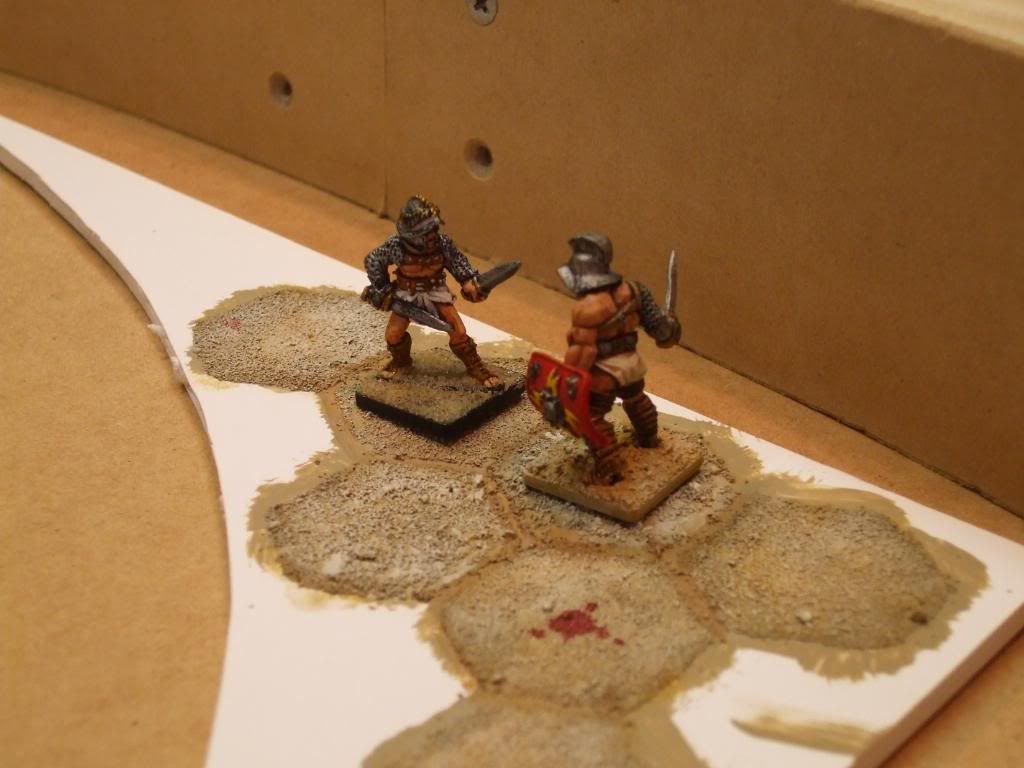 |
| Hey this things not finished - get us off! |
Although labor intensive I'm convinced that I'm capable of reproducing the hex playing surface in this method. The next step is to shape and scribe the whole bloody area (no pun intended)!


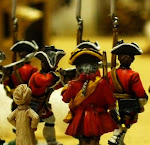
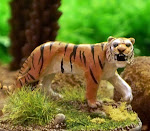





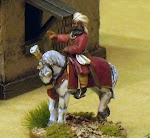



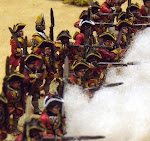

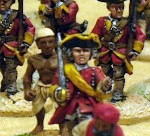

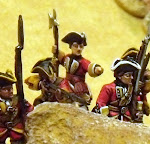
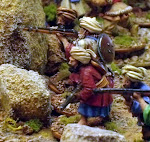










WOW - that is going to take time but looks fantastic.
ReplyDeleteI would go light on the blood as it really stands out but add a few tracks where dead folk are dragged away and maybe the odd scatter of grit / sand to break up the flat surface?
Andrew
Thanks for the advice Andrew. I agree that I could easily over do the blood.
ReplyDelete